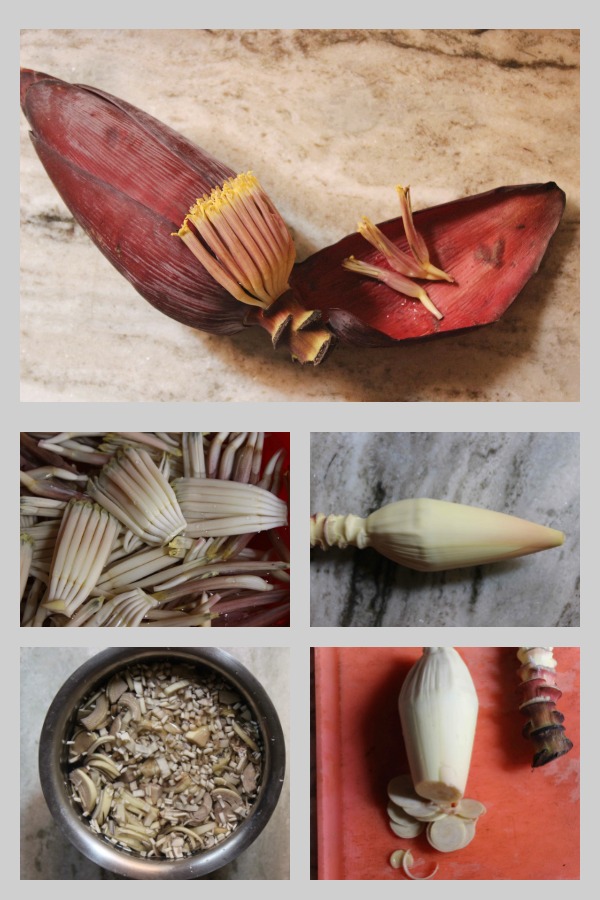Did you know, that India is the largest producer and consumer of chillies? And Andhra Pradesh accounts for 30% of production... No wonder when we think of Andhra food, we think spicy... It is fitting that AP has a dish showcasing their favorite hot chilli. This is generally served as an accompaniment with Biryani. Now, although, I can eat spicy food, I cannot go all the way and eat it as spicy as the Andhraites, so instead of using spicy green chillies, I stuck to using the yellow ones which are generally used to make bhajjis. I also cut them into chunks rather than use them whole, this just made it easier to eat with chapati...
Mirchi Ka Salan
Spicy Andhra curry made with chillies and peanuts. Usually served as an accompaniment to Biryani.
Recipe Type: Side
Cuisine: South Indian / Andhra
Prep Time: 30 minutes
Cook time: 45 minutes
Yield: 2-4 Servings
Ingredients:
4 Tbsp Peanuts
3 Tbsp Coconut (desiccated)
1.5 Tbsp Sesame seeds
½ cup Curd/ Yogurt
1 tsp Tamarind
1 Onion
2-3 cloves Garlic
1” piece Ginger
1 tsp Coriander powder
1 tsp Cumin powder
1/2 tsp Turmeric powder
1-2 tsp Red chili powder
1/2 tsp Mustard seeds
1 tsp Cumin seeds
2” stick Cinnamon
1 Cardamom
1-2 Cloves
2 dry Red Chilies
5-6 Curry leaves
1 tsp Jaggery or 1/2 tsp Sugar
5 tsp Oil
Water
Salt
Method:
- Heat a tsp of oil in a kadhai and add the peanuts once the oil is hot.
- Fry the peanuts on low flame until slightly brown.
- Add the sesame seeds and continue frying until the sesame is slightly browned.
- Now add the desiccated coconut and fry until the coconut browns slightly.
- Do this on low flame and not on high. You want them to cook, not just color.
- Keep this aside to cool.
- Soak tamarind in half a cup of water.
- Crush and grind the ginger and garlic into a fine paste. Alternatively, you can use 1 tbsp of ginger-garlic paste.
- Heat 3 tsp of oil in a kadhai.
- Once it is hot, add the red chilies (either whole or you can break them), cinnamon, cloves and cardamom.
- Fry for about 20 secs and then add the mustard seeds.
- Once the mustard crackles, add the cumin seeds.
- After the cumin seeds have browned, add the onions and fry until the onions are golden brown.
- Now add the curry leaves and ginger-garlic paste and fry until fragrant
- Add the coriander powder, cumin powder, turmeric powder and red chili powder and fry for 30 secs – 1 min.
- Add ½ cup water and cover and cook until the oil oozes out.
- Now add the whisked curd, tamarind water and jaggery and cover and cook until the oil oozes out. I did not add all the tamarind juice at once, added ¼ cup first and tasted it later and added the rest.
- Grind the coconut, peanut and sesame into a fine paste with some water.
- Add this paste and salt and cover and cook for 15-20 mins until the raw taste disappears.



